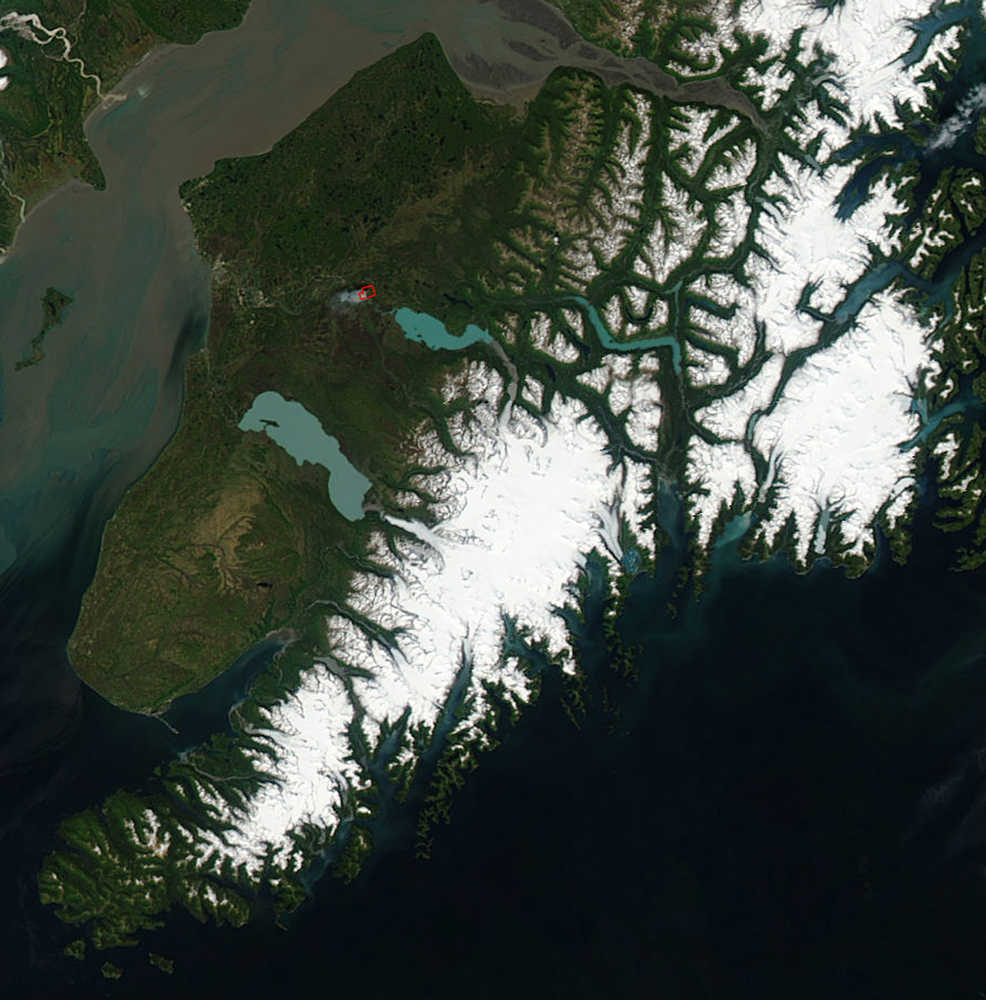Larger than West Virginia, the Kenai Peninsula has the best of Alaska: coastal rainforests, two icefields, majestic deepwater fiords and a sapphire river home to the largest king salmon ever caught. It also has some of the best-documented changes of any geographic feature in Alaska, enough that a biologist now sees the peninsula evolving into a human-driven system.
John Morton of the Kenai National Wildlife Refuge recently gave examples of ecological transformations on the Kenai Peninsula.
“There’s been a real reshuffling by exotic species,” Morton said. “We have this very artificial system that is totally human-driven.”
He cited studies by many others in a presentation he gave from his office in Soldotna. Here are some examples:
• The Kenai has become a much warmer and dryer place in the last 50 years. There has been a 60 percent loss of available water on the peninsula since 1968.
• Glaciers on Harding Icefield have shrunk the height of a five-story building in the last 50 years.
• In the 1990s, spruce bark beetles that like warm summers killed 30 million spruce trees.
F• orestry officials now consider April 1 the start of the Alaska wildfire season after a grassland fire burned on the Kenai in early spring 2005. For years the start of fire season was May 1.
• Where beetles and wildfire have intersected on the southern peninsula, grasslands seem to be replacing stands of spruce. What was forest is now savannah. There is now a 40,000-acre grassland in the Caribou Hills between Homer and Ninilchik.
• Forty-seven of 48 streams measured in July 2009 were warm enough (above 55 degrees Fahrenheit) to cause heat stress in salmon.
• Bird-watchers have identified 27 new species on the peninsula since 2007. Many species are arriving earlier in spring and migrating out later in fall.
• Black spruce and shrubs have begun creeping into peat and sphagnum bogs that have sat unchanged for thousands of years.
• Treeline has been advancing uphill at a rate of more than six feet each year in some areas.
• Coho salmon are feeding on earthworms that hadn’t existed on the peninsula until people carried them in.
• Outside the refuge office in Soldotna, an entomologist caught a cluster fly not found before in Alaska. That type of fly feeds on the larvae of earthworms.
• Chinese ring-necked pheasants are surviving on the peninsula after escaping captivity or being released.
• Lodgepole pines planted by landowners are thriving hundreds of miles from the Yukon Territory, the farthest north and west natural range of the trees.
With all these small changes adding up year by year over the acreage of the Kenai Peninsula, Morton wonders if managers should step in with controlled burns, reforestation, more selective and aggressive management of exotic species and maybe programs to introduce new grazers, like bison or elk. The peninsula now hosts 138 exotic plant types and 30 non-native animal species.
“Should we influence these outcomes?” he said. “ Nobody’s steering the ship. Doing nothing is really doing something.”
• Since the late 1970s, the University of Alaska Fairbanks’ Geophysical Institute has provided this column free in cooperation with the UAF research community. Ned Rozell is a science writer for the Geophysical Institute.

